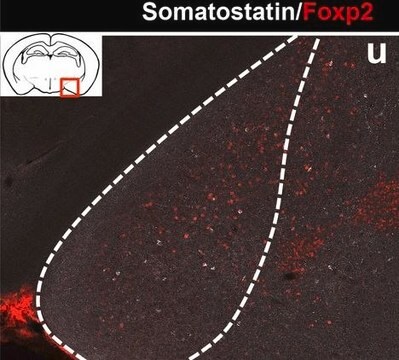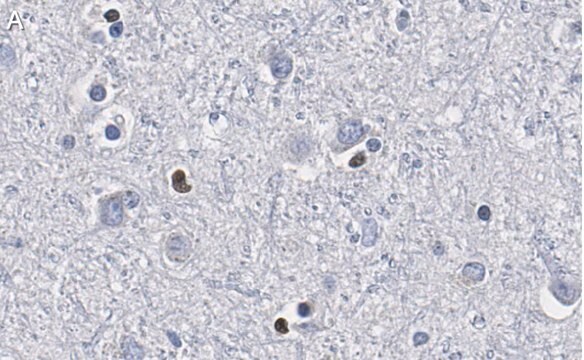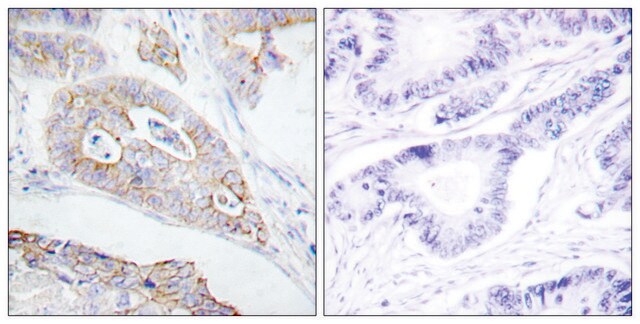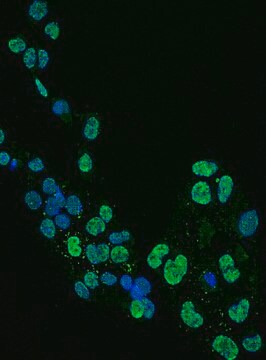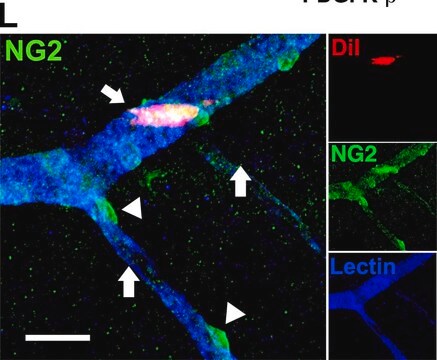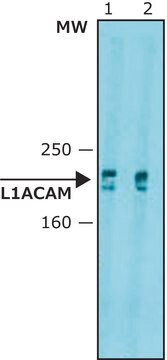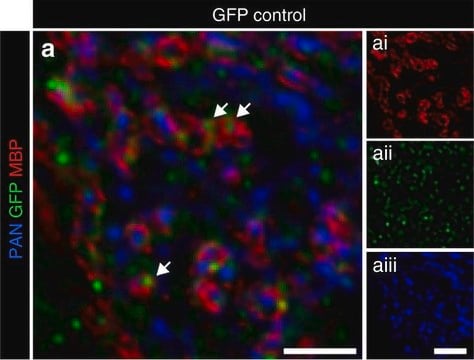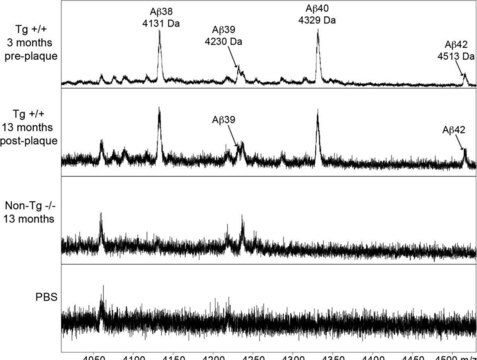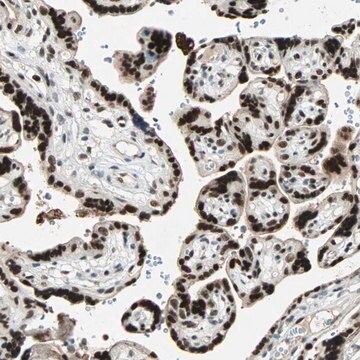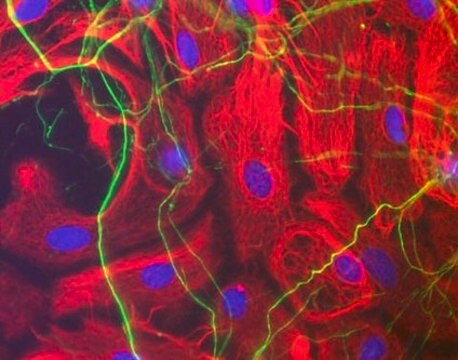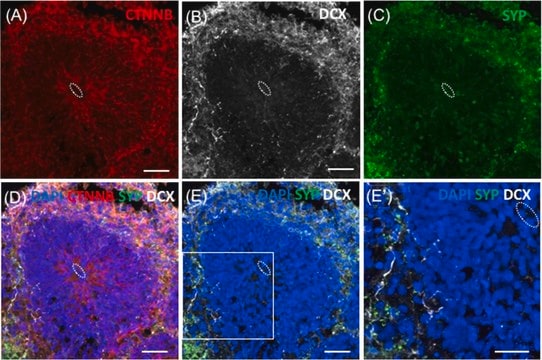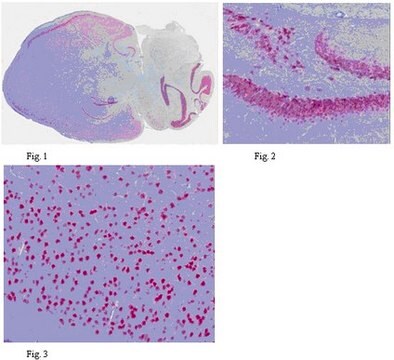MABN50
Anti-Olig2 Antibody, clone 211F1.1
clone 211F1.1, from mouse
Synonym(s):
oligodendrocyte lineage transcription factor 2, oligodendrocyte-specific bHLH transcription factor 2, human protein kinase C-binding protein RACK17, Protein kinase C-binding protein 2, protein kinase C binding protein 2, Class B basic helix-loop-helix pr
About This Item
Recommended Products
biological source
mouse
Quality Level
antibody form
purified immunoglobulin
clone
211F1.1, monoclonal
species reactivity
mouse
species reactivity (predicted by homology)
rat (based on 100% sequence homology), human (based on 100% sequence homology)
technique(s)
immunocytochemistry: suitable
immunohistochemistry: suitable
immunoprecipitation (IP): suitable
western blot: suitable
isotype
IgG2aκ
NCBI accession no.
UniProt accession no.
shipped in
wet ice
target post-translational modification
unmodified
Gene Information
human ... OLIG2(10215)
General description
Specificity
Immunogen
Application
Immunocytochemistry Analysis: This antibody has been shown to detect Olig2, as reported by an independent laboratory (Lee, S.K., et al. (1995). Genes & Dev. 19:282-294).
Immunoprecipitation Analysis: This antibody has been shown to detect Olig2, as reported by an independent laboratory (Lee, S.K., et al. (1995). Genes & Dev. 19:282-294).
Neuroscience
Neuronal & Glial Markers
Quality
Western Blot Analysis: 2 µg/mL of this antibody detected Olig2 on 10 µg of mouse brain lysate.
Target description
Physical form
Storage and Stability
Analysis Note
Mouse brain lysate
Disclaimer
Storage Class Code
12 - Non Combustible Liquids
WGK
WGK 1
Flash Point(F)
Not applicable
Flash Point(C)
Not applicable
Certificates of Analysis (COA)
Search for Certificates of Analysis (COA) by entering the products Lot/Batch Number. Lot and Batch Numbers can be found on a product’s label following the words ‘Lot’ or ‘Batch’.
Already Own This Product?
Find documentation for the products that you have recently purchased in the Document Library.
Customers Also Viewed
Our team of scientists has experience in all areas of research including Life Science, Material Science, Chemical Synthesis, Chromatography, Analytical and many others.
Contact Technical Service


